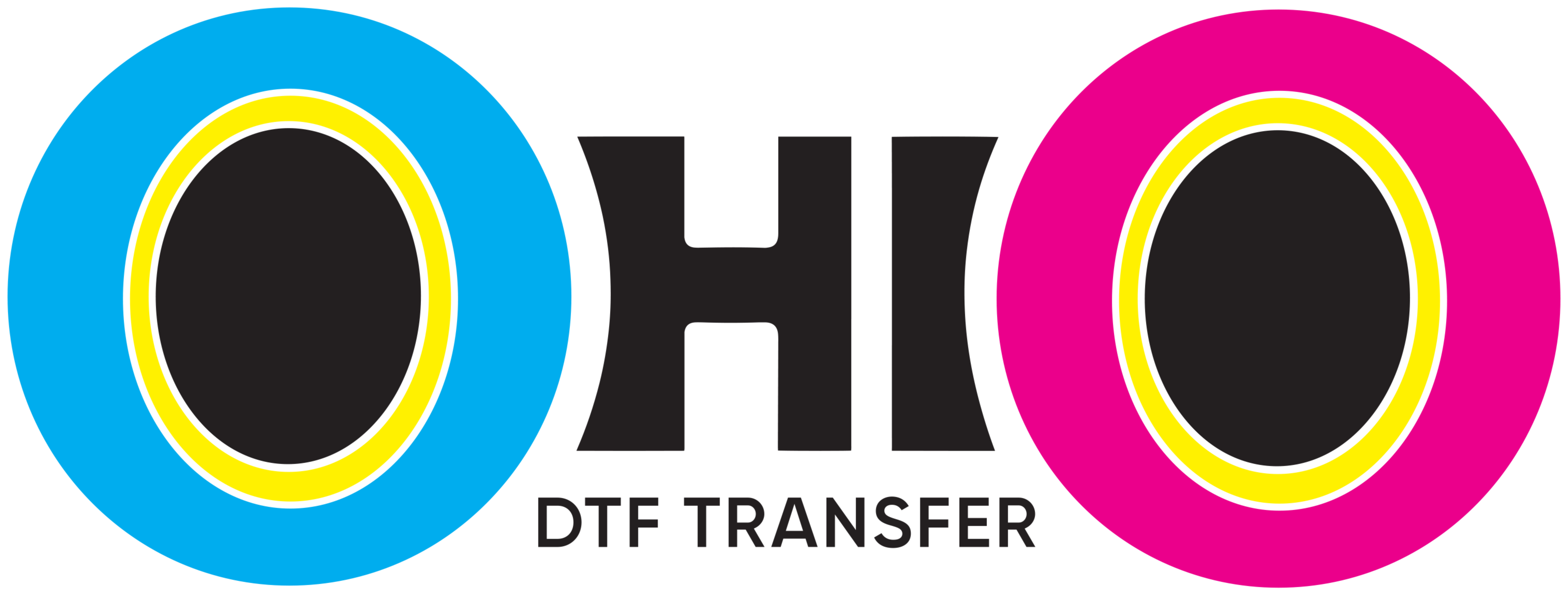How To Do DTF Transfers: Step-by-Step Guide
Direct to Film (DTF) printing has become one of the most popular methods in custom apparel. It is flexible, colorful, and works on many fabrics. Learning How To Do DTF Transfers is simple once you understand the process. Let’s go through the steps.
What is DTF Printing?
DTF means Direct to Film. It is a digital printing method that allows full-color designs to be transferred onto garments. Unlike vinyl cutting or screen printing, DTF prints images directly onto film. This film is then applied to fabric with heat and pressure.
The result is a smooth, durable, and vibrant print. DTF is now widely used by both beginners and professional print shops.
Materials You Need
Before learning How To Do DTF Transfers, make sure you have the right tools:
-
DTF printer with special inks.
-
PET transfer film.
-
Adhesive powder.
-
Heat press machine.
-
Software for preparing designs.
Having quality supplies is important. The better your materials, the better your final print. Cheap powders or low-quality films often lead to peeling or fading. Investing in good supplies saves time and improves durability.
Step 1: Design Preparation
Start by creating your design in software like Photoshop, Illustrator, or CorelDRAW. Save the design with a transparent background if needed. Make sure the resolution is high. DTF prints look best at 300 DPI or higher.
It is also smart to check color settings. Bright colors need proper profiles to print correctly. Taking time with this stage ensures the final design looks professional.
Step 2: Printing on Film
Print the design onto PET film using DTF inks. First, the printer lays down a layer of white ink. Then the colored inks are added on top. This ensures bright, full prints on both light and dark fabrics.
The film must be clean and dust-free. Even small particles can ruin the transfer. Always store films in a dry and dust-free space.
Step 3: Applying Adhesive Powder
While the ink is still wet, apply the adhesive powder evenly over the printed film. Shake off any excess powder. The powder sticks only to the printed areas.
This step is essential. The powder acts as glue that bonds the design to the fabric during pressing. Without it, the print would not transfer.
Step 4: Curing the Film
After applying powder, cure the film using a heat press or curing oven. Do not press directly. Instead, hover the press above the film for 2–5 minutes at 160°C.
This melts the adhesive powder and prepares the film for transfer. Skipping this step can result in weak adhesion and poor durability.
Step 5: Heat Pressing
Now comes the most important stage in How To Do DTF Transfers. Place the cured film onto the fabric. Use the following settings:
-
Temperature: 160–170°C (320–340°F)
-
Time: 15–20 seconds
-
Pressure: Medium to firm
After pressing, let the garment cool if it is a cold peel film. If it’s hot peel, remove the film immediately. Always follow your supplier’s instructions for the best finish.
Step 6: Finishing Press
For better durability, press the garment one more time for 5–10 seconds with a protective sheet. This ensures the design is sealed properly into the fabric. It also gives the print a softer touch and longer lifespan.
Benefits of DTF Transfers
Learning How To Do DTF Transfers comes with many advantages:
-
Works on cotton, polyester, blends, and more.
-
Produces vibrant colors and fine details.
-
Strong durability against washing.
-
No weeding or layering required.
-
Suitable for both small and large runs.
Unlike vinyl or screen printing, there is less waste and more flexibility. Small businesses benefit because they can print one shirt or hundreds with the same setup.
Common Mistakes to Avoid
-
Using low-quality film or powder.
-
Skipping the curing process.
-
Incorrect temperature or pressing time.
-
Not pre-pressing fabric to remove moisture.
Another mistake is pressing too long. While it seems safer, over-pressing can flatten the design and dull the colors. Always test one garment before running large batches.
Extra Tips for Success
-
Store powders and films in dry conditions.
-
Clean your heat press regularly.
-
Keep your printer maintained to avoid ink clogs.
-
Test different fabrics to learn how they react.
Final Thoughts
Mastering How To Do DTF Transfers is easier than it seems. The process involves printing, powdering, curing, pressing, and peeling. Once you follow these steps carefully, you’ll get high-quality prints that last long and look amazing.
Whether you are a hobbyist or running a business, DTF printing is a game-changer in garment decoration. With the right tools and practice, your designs will stand out every time.





